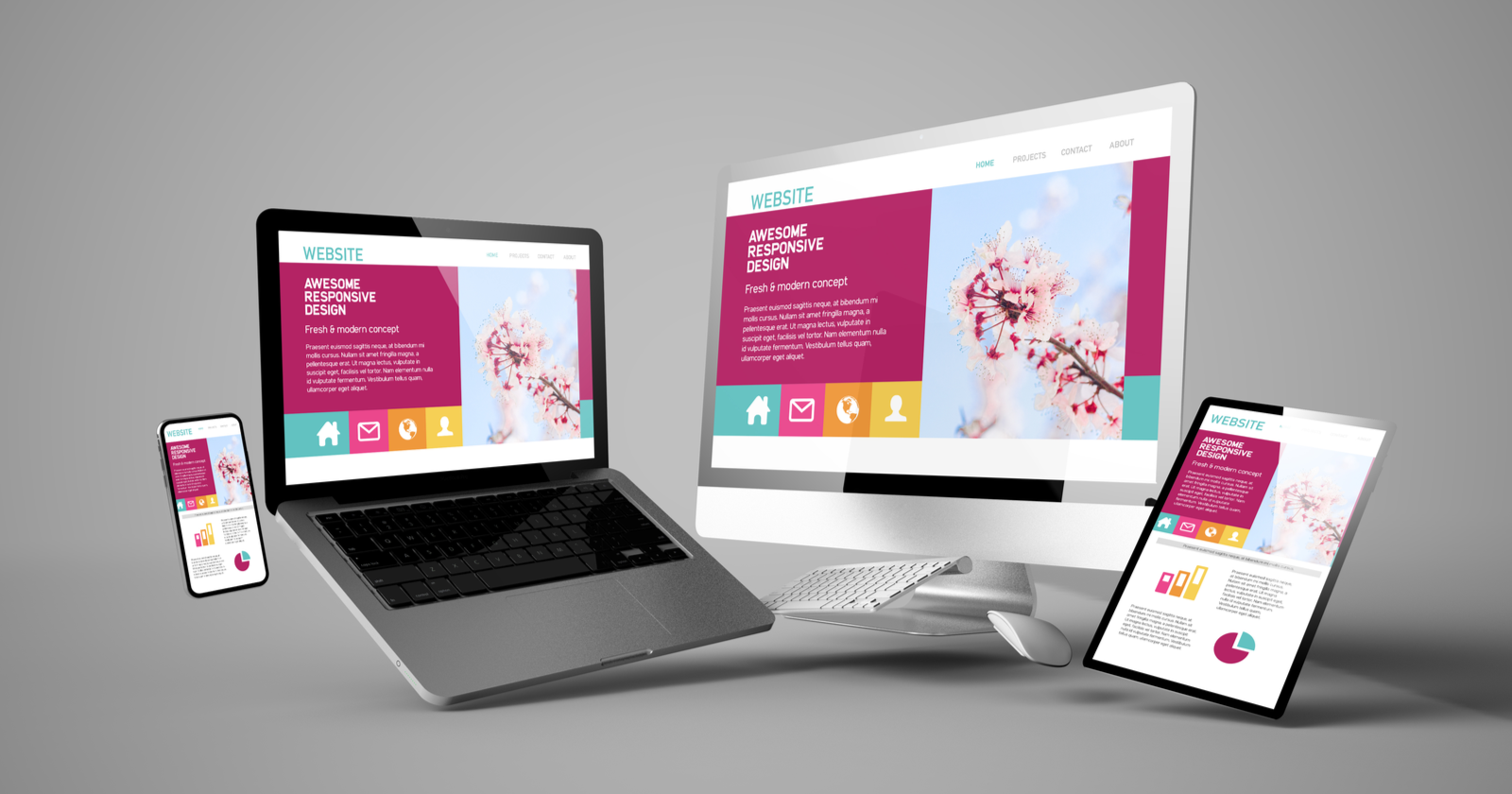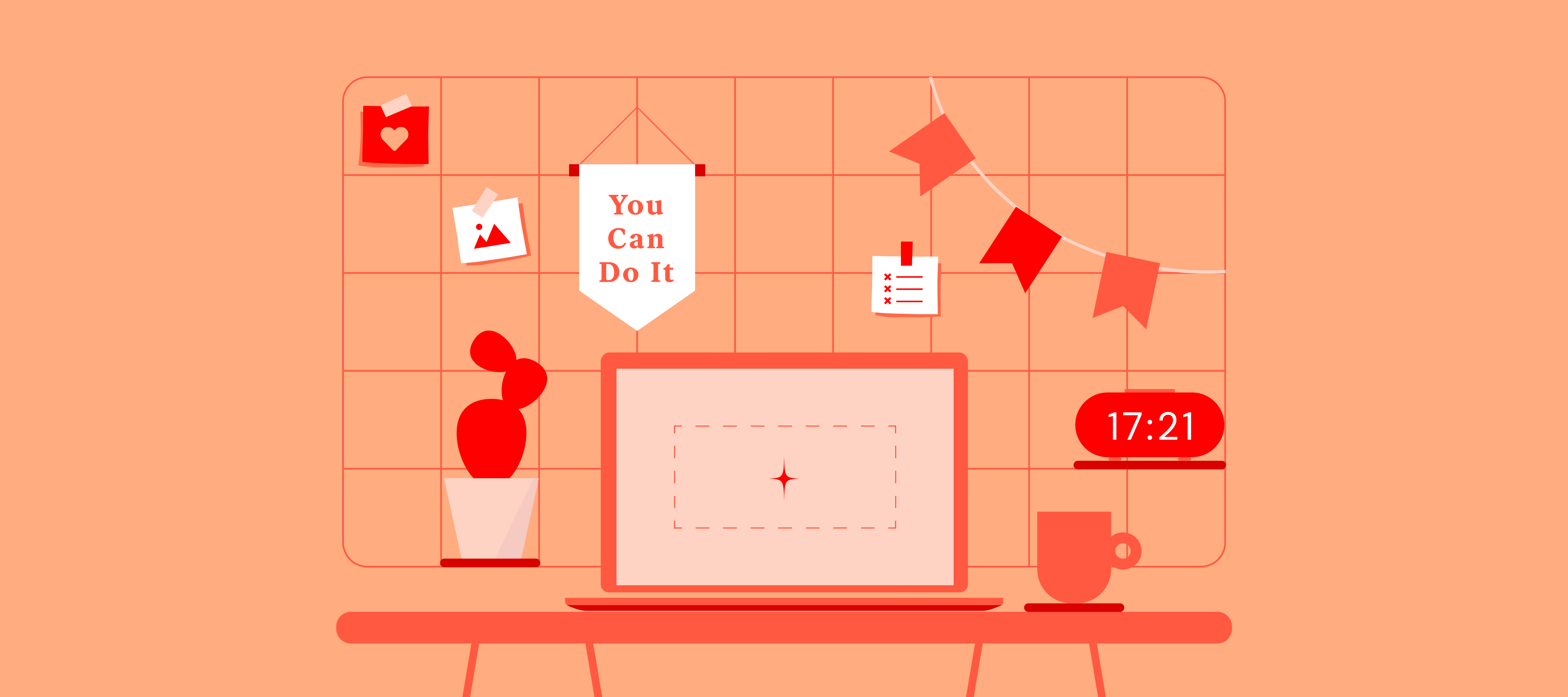Expert Aligned Position Web Design: Elevate Your Digital Presence with Our Professional Services
Expert Aligned Position Web Design: Elevate Your Digital Presence with Our Professional Services
Blog Article
The Most Effective Sorts Of Web Style to Improve Individual Experience and Interaction
In the ever-evolving landscape of electronic interaction, the effectiveness of website design considerably influences user experience and involvement. Numerous layout methods, such as minimal, responsive, and interactive designs, each deal distinct advantages that can deal with varied user requirements. Understanding which kinds of website design ideal serve these goals can be critical for organizations intending to enhance client satisfaction and retention. Nevertheless, the concern remains: which design aspects absolutely reverberate with users and foster purposeful involvement? The expedition of these concepts discloses critical insights that may redefine your method to Web style.
Minimalist Web Design
As electronic landscapes end up being progressively chaotic, minimal website design has become an effective approach to enhancing user experience. This layout philosophy focuses on simplicity, concentrating on crucial components while removing unneeded interruptions. By using adequate white area, simple navigation, and a limited color palette, minimalist layout promotes clearness and directs customer interest to essential content.
The core concept of minimal Web layout is to create a seamless communication for individuals. By decreasing cognitive load, customers can swiftly understand information without really feeling overwhelmed. This straight method not just enhances usability yet likewise encourages involvement, as visitors are more probable to discover a site that is aesthetically attractive and easy to browse.
Furthermore, minimalist design frequently stresses typography and images, making use of these components tactically to convey messages effectively. In significance, minimalist Web style is not simply a trend; it is a thoughtful approach that recognizes the relevance of user-centered design.
Receptive Web Layout
In today's varied electronic environment, responsive website design has actually come to be important for creating a seamless customer experience throughout a plethora of devices. As individuals access sites on smart devices, tablet computers, laptop computers, and desktops, the capability of a site to adapt its design and material to different screen sizes and resolutions is crucial.
Responsive Web style utilizes flexible grids, photos, and CSS media queries to make certain that Web content is provided optimally, no matter the gadget used. This strategy not only improves the visual charm of a site but also significantly improves functionality. Customers are extra most likely to engage with a website that supplies a consistent experience, as it removes the aggravation of having to focus or scroll excessively.
Additionally, search engines, including Google, focus on mobile-friendly web sites in search rankings. By adopting responsive design, services can improve their exposure and get to a broader target market. This method additionally simplifies website upkeep, as a single variation of the website can accommodate all devices, reducing the requirement for several versions. In summary, responsive website design is a basic method that boosts user experience, engagement, and general satisfaction.
Interactive Web Design
Receptive Web design lays the foundation for boosting user experience, however interactive Web layout takes this a step better by engaging individuals in a much more vibrant way - Aligned Position Web Design. By including elements such as animations, clickable prototypes, and real-time responses, interactive website design mesmerizes individuals, drawing them right into a richer surfing experience
This method not only promotes interaction however also urges customers to explore content proactively instead of passively consuming it. Strategies such as gamification, where individuals earn benefits for finishing jobs, can substantially boost the time invested on a website and improve total fulfillment. Interactive functions can simplify intricate info, making it extra satisfying and absorbable.

Including interactive style aspects can likewise cause higher conversion prices, as customers are a lot more likely to engage with a website that actively involves them. Aligned Position Web Design. Eventually, interactive Web layout changes user experiences into remarkable trips, ensuring that site visitors return time after time
Apartment Layout
Identified by its minimalistic technique, level style highlights simplicity and capability, removing unnecessary aspects and concentrating on important functions. This layout ideology prioritizes functionality, guaranteeing that customers can navigate user interfaces effortlessly and efficiency. By employing a tidy aesthetic, level design eliminates the mess frequently found in more elaborate designs, consequently enhancing individual emphasis on content and functionality.
The characteristic of level design depends on its usage of strong shades, simple typography, and geometric forms. These components add to an aesthetically enticing interface that is both modern and approachable. In addition, level style promotes a sense of clarity, allowing customers to determine vital activities and info without distraction.
In addition, flat layout is especially efficient in receptive Web style, as its simplicity equates well across various tools and display dimensions. The lack of complex structures and slopes decreases filling times, which is vital for keeping customer interaction. As digital landscapes remain to develop, level style stays a pertinent choice for creating easy to use internet sites that improve general experience. By concentrating on crucial functions, flat layout not just fulfills additional info customer demands yet also encourages seamless communication, making it a vital element of reliable website design approaches.
Adaptive Web Design
Adaptive website design personalizes the customer experience by producing several repaired layouts customized to various display sizes and tools. Unlike responsive design, which fluidly changes a solitary format, adaptive design utilizes unique designs for certain breakpoints, making sure optimum discussion on numerous systems. This technique permits designers to concentrate on the unique characteristics of each device, boosting usability by delivering exactly what individuals need based on their context.
Among the main advantages of adaptive Web layout is its capability to enhance lots times and efficiency. By offering tailored content and images that fit the individual's gadget, sites can reduce information use and improve loading speeds. This is especially useful for customers with slower connections or limited data plans.

In addition, adaptive design helps with an extra regular and controlled branding experience. Since developers develop multiple layouts, they can make certain that the aesthetic components line up with the brand's identification throughout various platforms - Aligned Position Web Design. This causes a natural individual experience, improving involvement and promoting individual retention
Conclusion
Minimal style promotes clarity and focus, while receptive design guarantees flexibility across various tools, promoting accessibility. Jointly, these design Check Out Your URL comes close to contribute to the production of user-friendly settings that not just improve fulfillment however likewise drive greater conversion rates, emphasizing their important relevance in contemporary Web layout strategies.

Minimal layout promotes quality and focus, while receptive style makes sure versatility throughout different tools, advertising ease of access. Jointly, these layout comes close to add to the creation of easy to use environments that not only boost complete satisfaction however additionally drive higher conversion rates, underscoring their essential value in contemporary Web layout approaches.
Report this page